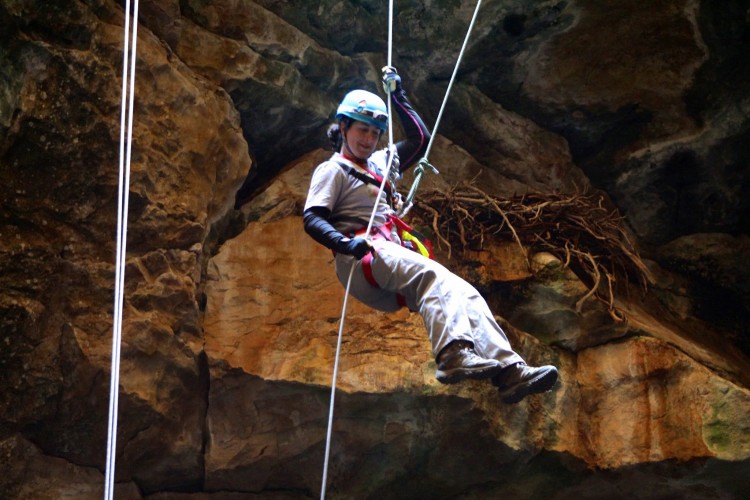Julie Meachen, Assistant Professor at DMU, visited SEPL over the last week to continue work on the Natural Trap Cave project. Julie, along with Dr. Alan Cooper of the University of Adelaide, is the principal investigator on the grant that opened up Natural Trap Cave for research over the last 5 years. The original NSF grant focused on looking at how and why megafauna (large terrestrial mammals) declined leading up to the end-Pleistocene extinctions. While excavating the material to examine changes in the morphologies and genetics of megafauna species, we also excavated tens-of-thousands of fossils that can tell us how the survivors faired given some pretty extreme climate events that followed the end-Pleistocene, megafauna extinction. These are the specimens that we have been sorting while at Fossil Wednesdays!
Julie and I are writing a new grant to continue excavations at Natural Trap Cave and do a full survey of modern fauna surrounding the site. We plan to examine how species were able to weather the major trophic upheaval caused by most of the large animals on the landscape going extinct, and what their responses were to some extreme aridity events that have occurred since then. Using the fossils at Natural Trap Cave, we will be able to better understand what species are the winners and losers when drought conditions prevail for a very long time. This can tell us what types of patterns to expect across large portions of the West in coming decades.
